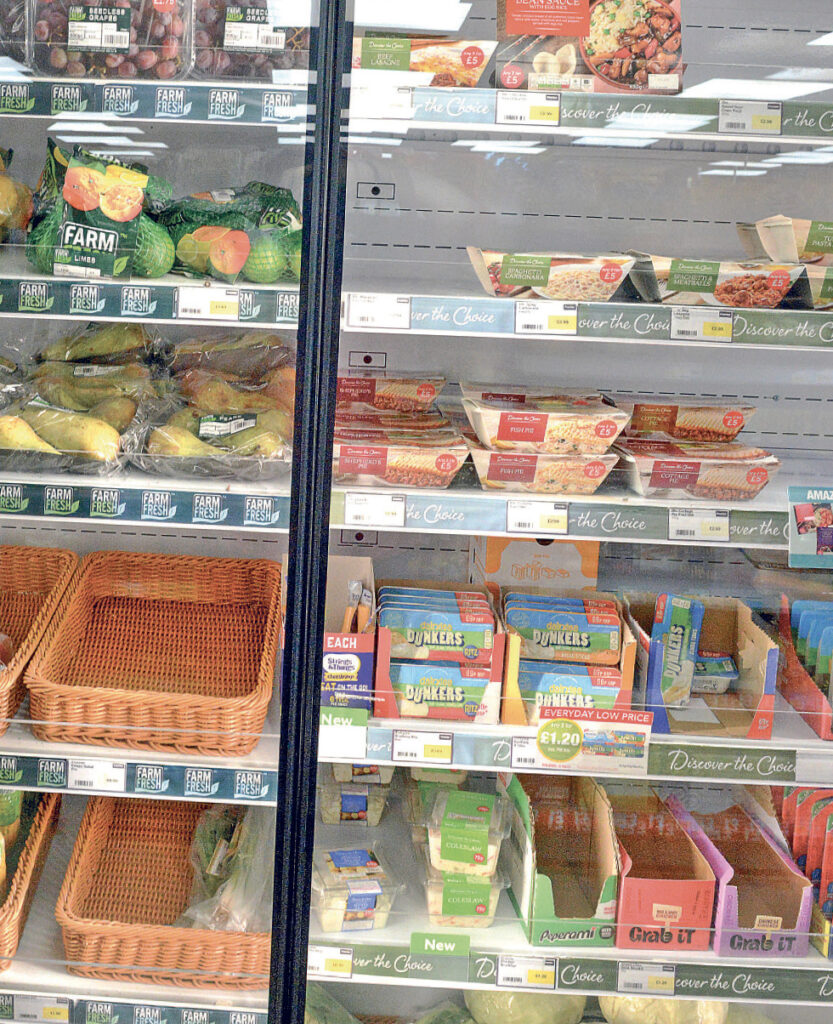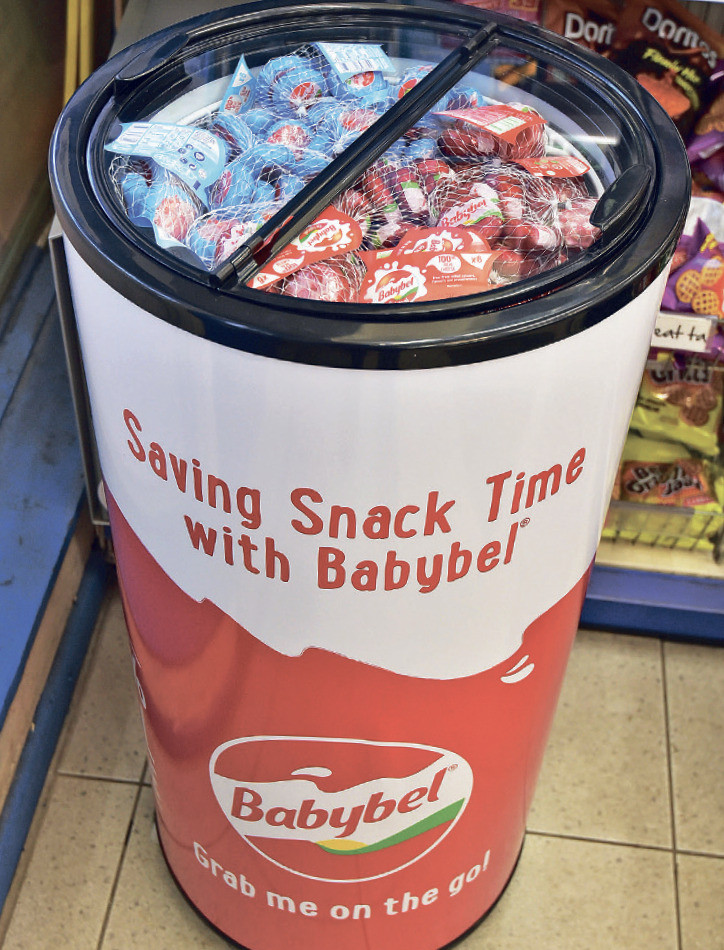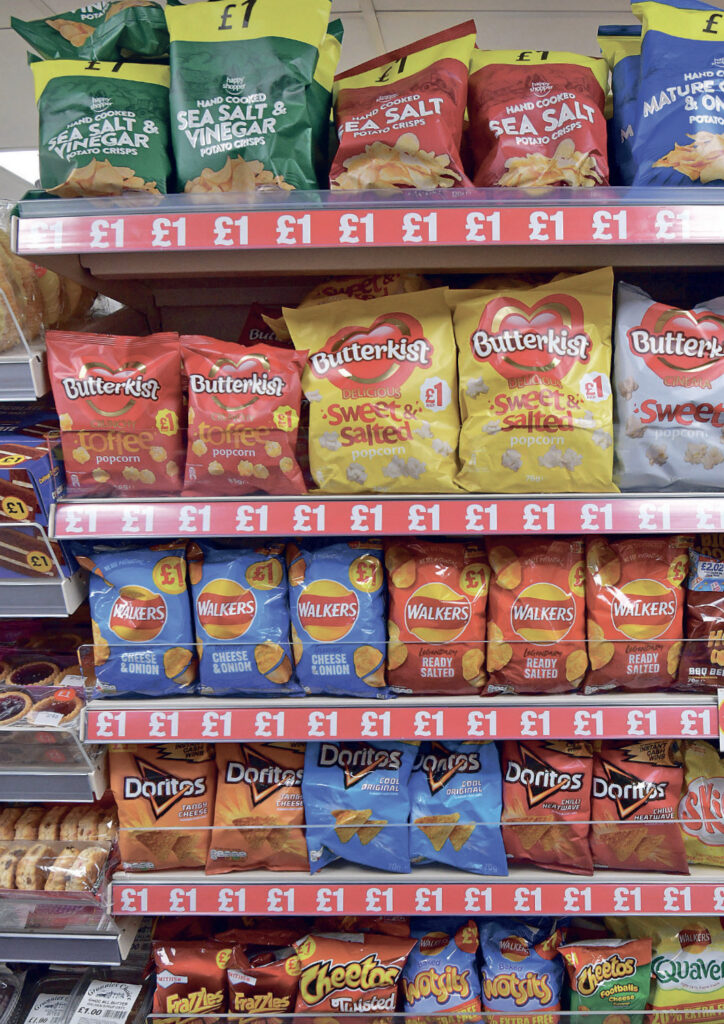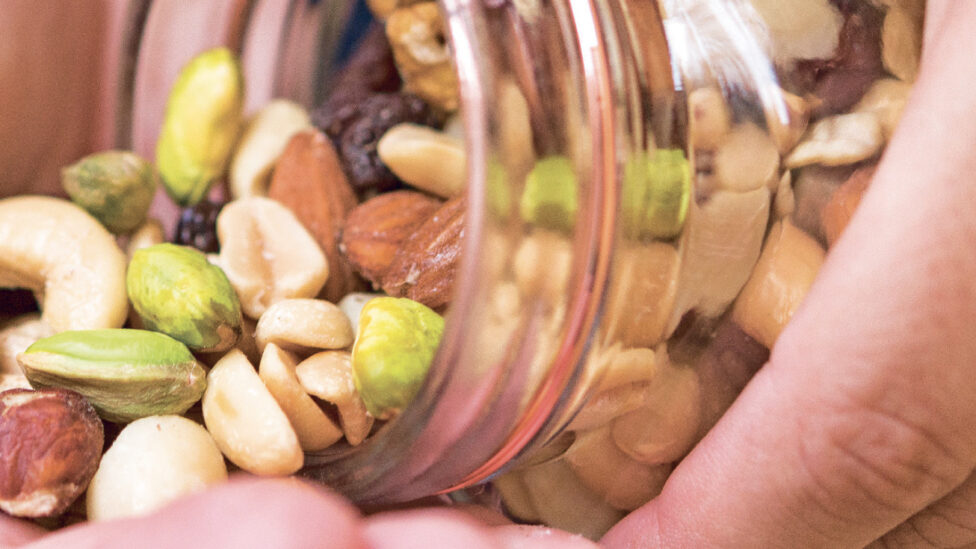The sales opportunity
With Nielsen data finding that 99% of the population tries at times to eat healthily, there is a considerable opportunity for independent convenience retailers when it comes to healthy snacking. Retailers have reported that customer eating habits are healthier post-pandemic, with more looking for food that emphasises nutritional value.
Matt Collins, trading director at KP Snacks, can back this up with data, saying the health segment is growing at 33.6% year on year with increased demand for protein, fibre, portion control and calorie reduction.
“More than six in 10 shoppers want to see healthy snacking options at their local convenience store,” adds Neil Stewart, head of marketing for Cathedral City at Saputo Dairy UK. “Snacking products typically see a seasonal summer uplift as consumers hunt out products that can be quickly packed into an impromptu picnic.”
Planning ahead for the summer, Bart Dalla Mura, from Tysoe Village Stores in Warwickshire, says he will shortly be putting out a social media campaign to highlight his summer snacking range as more tourists, cyclists and campers come through his area.

Think demographics and space
Southamprton-based Chapel Riverside Spar owner Rishi Patel believes shop owners should consider demographics when working out the range of healthy snacks to offer. Patel says his city-centre sites do much better with protein bars than his residential, lower demographic areas as the former see more younger shoppers looking for functional snacks.
“Working professionals tend to be more health conscious than a retired person sat at home,” he says. “Products such as Grenade bars index much better in the high density, prosperous areas because protein bars are expensive.” Speaking to Retail Express, fellow retailer Dipak Shah says he’s noticed an increased number of customers asking for healthy snacking, and due to this, he will be expanding his range soon.
“There is limited space and that’s why we have found it hard to stock as many brands as we would like,” says Shah, owner of H & R News in Camberley, Surrey. “We need to work out the best flavours and look into getting a larger display area as there are lots of products on the market.” Patel understands the pressure of space and advises retailers to find the biggest margins and the best brands and stock these.
Read more: Epicurium predicts premium snacking opportunity
Time for more variety
Crisp and chocolate brands are known for their endless launches and limited-editions, not to mention on-pack competitions and glitzy advertising campaigns. However, it is fair to say healthy brands are still playing catch-up in these areas.
Health brands have often chosen to start tentatively with one or two lines before daring to branch out further. Now that HFSS laws are in place, and more prominent positions are being given to healthy snacking, brands are getting braver when it comes to more exotic flavours and limited-editions. This means customers more often than not have a wide range of options.
“Variety helps keep snacks exciting and appeal to a wider audience, while limited-edition flavours drive enthusiasm around the occasion,” says Conor Lowry, category controller for Pilgrim’s Food Masters. Jumping on this demand, brand Fridge Raiders has expanded its Chicken Bites range with Satay Chicken Bites and Pizza Chicken Bites. Meatfree Tasty Bites Smoky BBQ caters to the flexitarian and meat-free market.
KP Nuts’ Flavour Kravers range is also bringing substantial innovation to the segment with Flame Grilled Steak, Smokin’ Paprika and Sour Cream & Chive all looking to ignite interest from young customers to drive sales, with this demographic over-indexing in bold flavours. With sales for the jerky and biltong meat snacks category growing at 41% value, Jack Link’s Beef Jerky has Sweet, Hot and Teriyaki flavours alongside its original flavour.

The impact of HFSS
Retailers often report that they are not affected by HFSS regulations due to being too small to be subject to them. However, it is undeniable that the tightening on high fat, sugar and salt products is having a knock-on effect across the industry.
Big brands are working hard to ensure that a number of their lines are non-HFSS, and, by default, this is leading to more snacking brands in the health category. For example, KP Snacks has already rolled out non-HFSS products across Tyrells, Popchips, Hula Hoops Puft and Penn State.
Other brands are following suit, which means retailers now have a bigger choice of healthy snacks than ever before. The government legislation could lead to losses in HFSS categories, with biscuit snacks predicted to be hit badly, said Alex Brassill, founder of Jnck Bakery, which makes low-sugar and low-fat baked goods. “This will have an impact on merchandising and store positioning of products – with prominent positions given to those that offer a healthier option,” says Brassill.
“Retailers can still promote the indulgence, though, with healthier sweet and savoury options positioned alongside each other.” Although many health products have chosen an artisanal and natural design, Jnck Bakery aims to shake that up with modern and bright packaging with Brassill saying they create products that taste, feel and look like indulgent treats, as opposed to high-protein, gym products.
Protein is the word
Retailers often report that they are not affected by HFSS regulations due to being too small to be subject to them. However, it is undeniable that the tightening on high fat, sugar and salt products is having a knock-on effect across the industry. Big brands are working hard to ensure that a number of their lines are non-HFSS, and, by default, this is leading to more snacking brands in the health category.
For example, KP Snacks has already rolled out non-HFSS products across Tyrells, Popchips, Hula Hoops Puft and Penn State. Other brands are following suit, which means retailers now have a bigger choice of healthy snacks than ever before. The government legislation could lead to losses in HFSS categories, with biscuit snacks predicted to be hit badly, said Alex Brassill, founder of Jnck Bakery, which makes low-sugar and low-fat baked goods.
“This will have an impact on merchandising and store positioning of products – with prominent positions given to those that offer a healthier option,” says Brassill. “Retailers can still promote the indulgence, though, with healthier sweet and savoury options positioned alongside each other.” Although many health products have chosen an artisanal and natural design, Jnck Bakery aims to shake that up with modern and bright packaging with Brassill saying they create products that taste, feel and look like indulgent treats, as opposed to high-protein, gym products.

Top tips from Saputo Dairy’s Allison Wallentin’s:
- Dedicate shelf space to chilled options- Create a dedicated space for snacks carrying a healthier positioning to help shoppers make a rapid product choice. This could include grab-and-go cheese snacks, meat snacks, hardboiled eggs, olives and veggies and dip packs.
- Capitalise on impulse purchasing- Seventy-fi ve per cent of consumers buy snacks on impulse. An easy-to-locate and clearly labelled food-togo fi xture incorporating grab-and-go snack options will enable faster selection for shoppers.
- Offer meal deals- A credible lunch solution might include prepacked sandwiches/wraps, salads, drinks and a range of sweet and savoury snacking solutions including traditional options as well as more nutritious choices such as fruit, nuts and dairy snacks.
- Employ strong brand names- Stock household name brands that consumers know and love, to signpost the fi xture and instil consumer trust, and stock top-selling SKUs to maximise sales.
- Prepare for after-school snack occasion Single-serve cheese snacks targeting lunchtime and after-school snacking should be located with other chilled food-to-go products, helping retailers create a convenient one-stop shop.
Read more category management advice and features



Comments
This article doesn't have any comments yet, be the first!